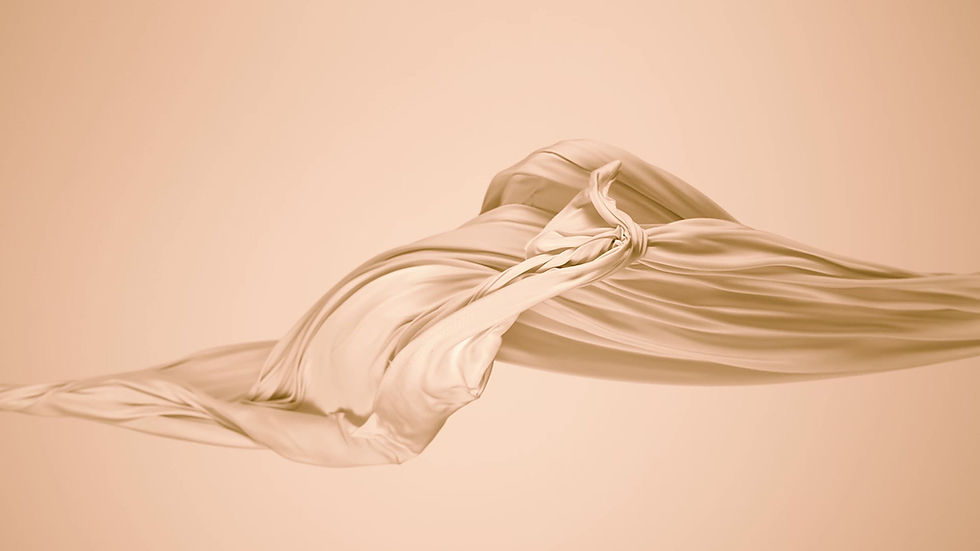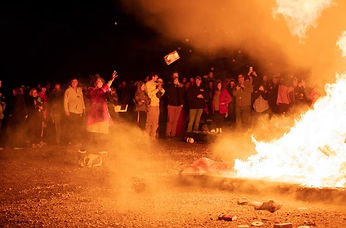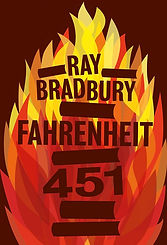
 |  |  |
|---|---|---|
 |  |  |
 |  |  |
 |  |  |
 |  |
“Those who do not learn history are doomed to repeat it.”
This site is dedicated to sharing factual information, preserving and keeping history up-to-date.
Yesterday’s news is today’s history.
Live History Programs Presented by Randy Jaye


History in the News

Get Involved with Local History

History of Book Burning in the United States
Book burning in United States history has occurred as a form of censorship and cultural cleansing, which is frequently linked to moral panic, oftentimes provoked by political and social conflicts. Early examples include the banning and burning of anti-slavery (Abolitionist) literature in the South before and during the American Civil War. In 1873, the U.S. Congress passed the Comstock Act which prohibited the mailing of obscene, lewd, or lascivious materials, including contraception and information about abortion. As a result of this Act, the U.S. Postal Service confiscated and destroyed a significant amount of material, including books, frequently by fire. Recent incidents have involved the burning of books which include LGBTQ+ themes, as well as works like the Harry Potter and Twilight series.



250 years after the start of the Revolutionary War,
a divided America battles over its legacy

“We now see things that would be familiar to our Revolutionary predecessors — the silencing of critics, the disappearing people from our streets, demands for unquestioned fealty. Due process is a foundational right. If it can be discarded for one, it can be lost for all.”

Witness to Atrocity:
A G.I.’s World War II Photography featuring the Buchenwald Concentration Camp

Content Warning and Viewer Discretion for this Specific Article is Strongly Advised.
This specific article contains graphic, unedited photographs depicting the realities and horrors of war, including potentially disturbing images of death, destruction, and crimes against humanity. Some content may be unsettling or triggering for certain individuals. If you are sensitive to graphic imagery, have experienced trauma, or find such images distressing, please proceed with caution or consider not viewing pictures in this article.

David McCullough and the Study of History

The work of history was not confined to the ivy-covered walls of university campuses. McCullough was a great proponent of historical imagination, which could furnish certain qualities of thinking, such as empathy, proportion, and gratitude.

Nazi Germany Mysteries That Still Disturb Historians

Beyond the well-documented battles and strategies, Nazi Germany left behind a shadow of unanswered questions and unsettling mysteries. In this video, we uncover six of the most disturbing and curious stories – from secret projects and unexplained disappearances to rumors that still spark debate today. Each mystery sheds light on the darker side of the regime, revealing how history often leaves gaps that may never be fully explained.

New details emerge about Japan's notorious WWII germ warfare program

The release of WWII-era military documents this year has given a boost to researchers digging into Japan's notorious germ warfare program, which lasted from 1936 to 1945. And in China, the premiere of a film about this gruesome episode in history was postponed without explanation, causing an online outcry.

How the Sears, Roebuck & Co. Catalog Outsmarted Jim Crow

The Sears, Roebuck & Co. catalog was a mail‑order catalog that was in business from 1888 to 1993. It sold the same stove, suit, or pair of boots to anyone at the same printed price. When Rural Free Delivery brought the Sears, Roebuck & Co. catalog to Black families’ mailboxes, it turned shopping from a ritual of humiliation and unfairness into something closer to dignity. This short video explains how the Sears mail‑order catalog quietly outsmarted Jim Crowism (racial segregation and discrimination).

Why Are Old Photos Sepia-Toned?

Developed in the late 1820s, photography revolutionized the way history could be documented, blending art and science to create lasting visual records. Early photographs were exclusively black and white, featuring stark, contrast-heavy images that showcased the technical brilliance of the new medium. By the 1880s, however, photographs began taking on a warm, brownish tint. This distinctive aesthetic, known as sepia toning, became a hallmark of photography, particularly portraiture, around the turn of the 20th century.

A Day in the Life of a Settler in Colonial America

There was no one typical day in colonial America — the experiences of colonial families differed based on their location, economic status, and individual circumstances. The colonial era not only spanned a large period of time — from the early 17th century to the late 18th century, before the United States became an independent nation — but it also covered a large and varied landscape. The 13 original American colonies stretched from Massachusetts to Georgia and were populated by settlers from different parts of Europe whose beliefs, traditions, and lifestyles varied greatly.

Why Were Mini Skirts so Popular?


While we tend to think of the evolution of hemlines as a simple upward trajectory, getting shorter as society evolved and fashion became more daring, their history is much more nuanced. Far from a one-way trend, hemlines have been a dynamic reflection of fashion, function, and symbolism through the years. Here are a few of the most significant changes in the 20th century.















.png)



